The Fight: Manifesto Part 3
We've dedicated the past year fighting for the inclusion of this upgrade to make our vision a reality.
Julian Rachman

We've dedicated the past year fighting for the inclusion of this upgrade to make our vision a reality. Envisioning a protocol that was only feasible with this upgrade, we immediately tested our hypothesis by building the earliest experimental contract implementations, deploying canary test networks, and contributing to technical spec discussions. It was clearly the only solution that would close the UX gap.
Every EOA should have the most secure and seamless way to access smart functionality while still remaining an EOA at its core.
When we discovered EIP-3074 in that late-night Telegram chat, it felt like finding the missing piece of a puzzle we'd been working on for years. Here was the mechanism that could bring pull-based payments, pre-authorized transactions, and seamless account programmability to every EOA. But there was a problem—the proposal had been sitting dormant since October 2020, gathering dust in the archives of Ethereum improvement proposals.
The very solution that could bridge the gap between that clunky payment experience in Malaysia and the seamless financial infrastructure the world needed had been overlooked, deprioritized, and nearly forgotten.
Fighting for an EIP isn't like lobbying for traditional policy. There's no central authority to convince, no single decision-maker to persuade. Instead, it's a distributed effort across researchers, core developers, client teams, and the broader Ethereum community. It requires technical contributions, rigorous testing, countless discussions, and building consensus among people who've been burned by previous upgrade complexities.
We started by building experimental implementations to prove the concept worked. Our first major project was creating the "3074-invokers" repository—one of the earliest public experiments with EIP-3074 functionality. This wasn't just about testing code; it was about building in public and using our development work as a vehicle to push the EIP forward.
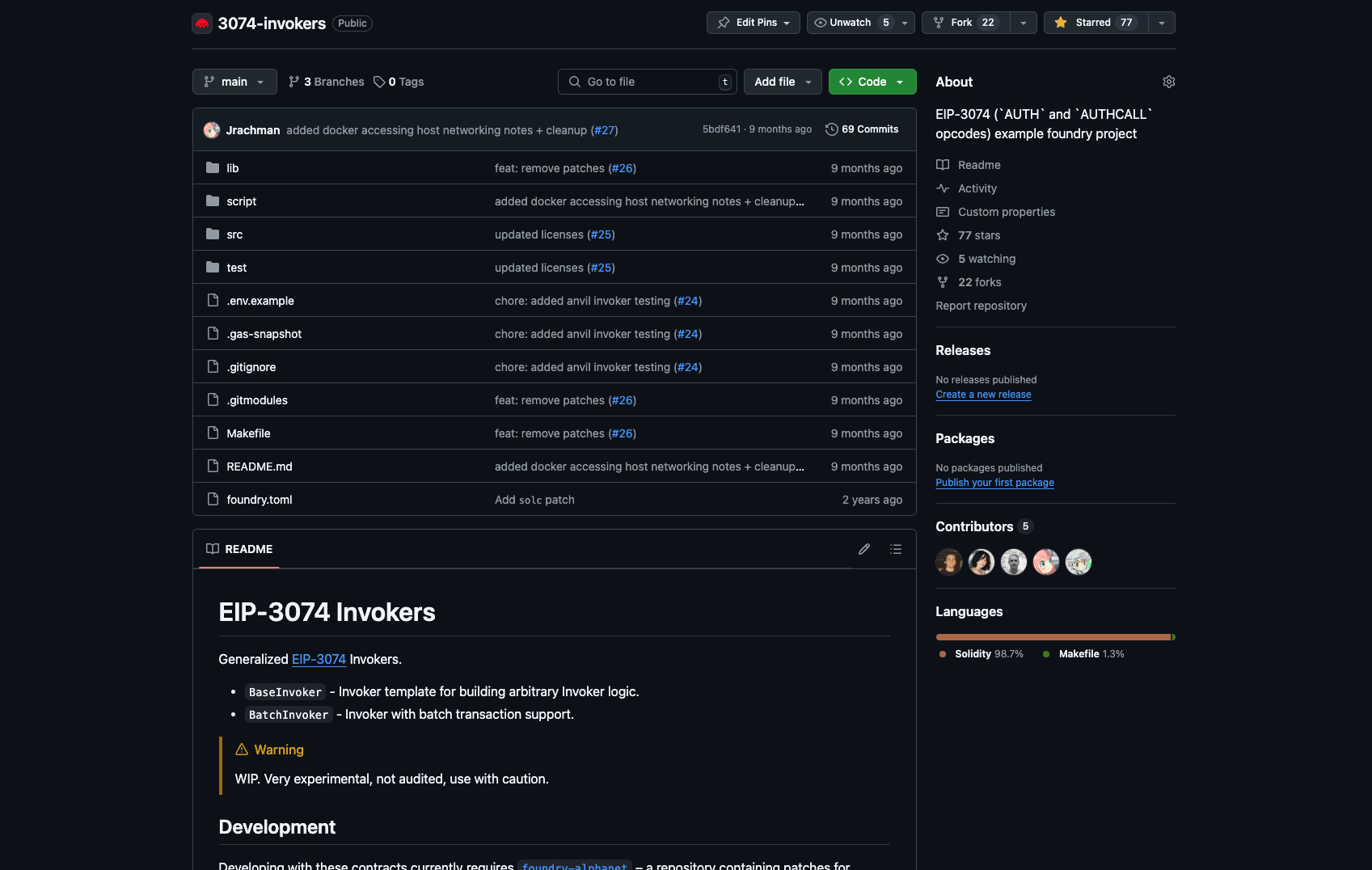
We built utility packages like "tx-util" for transaction encoding and signing, creating the foundational tools that developers would need when EIP-7702 eventually landed. Every piece of infrastructure we developed served dual purposes: proving out our vision for Otim and demonstrating the broader potential of account delegation.
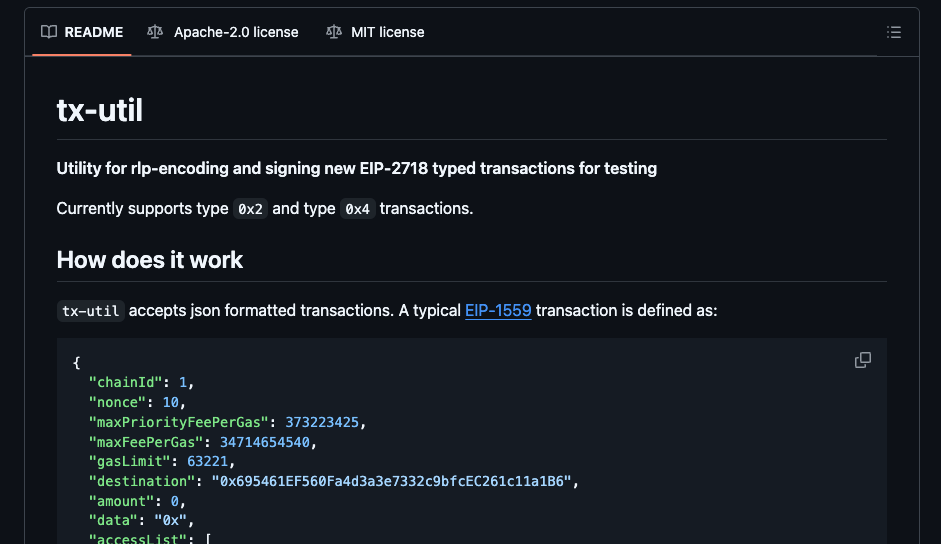
To show what was possible, we created proof-of-concept applications that brought abstract technical capabilities to life. We built a Netflix clone to demonstrate seamless recurring subscriptions, and developed "CATWIFHAT"—a playful but functional app that automated staking rewards and debt payments. These weren't just demos; they were working examples of the financial mechanics that had been impossible before account delegation.
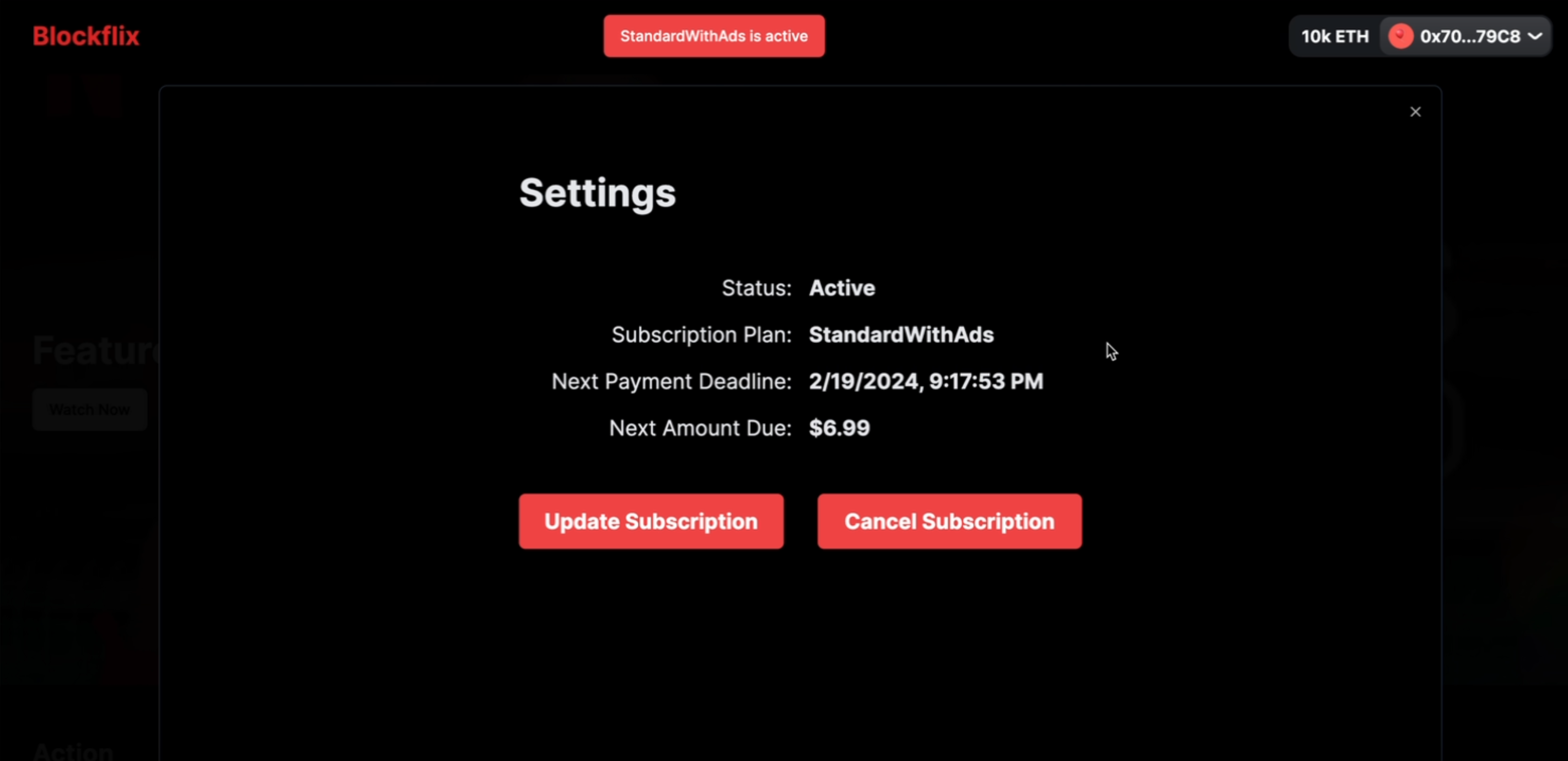
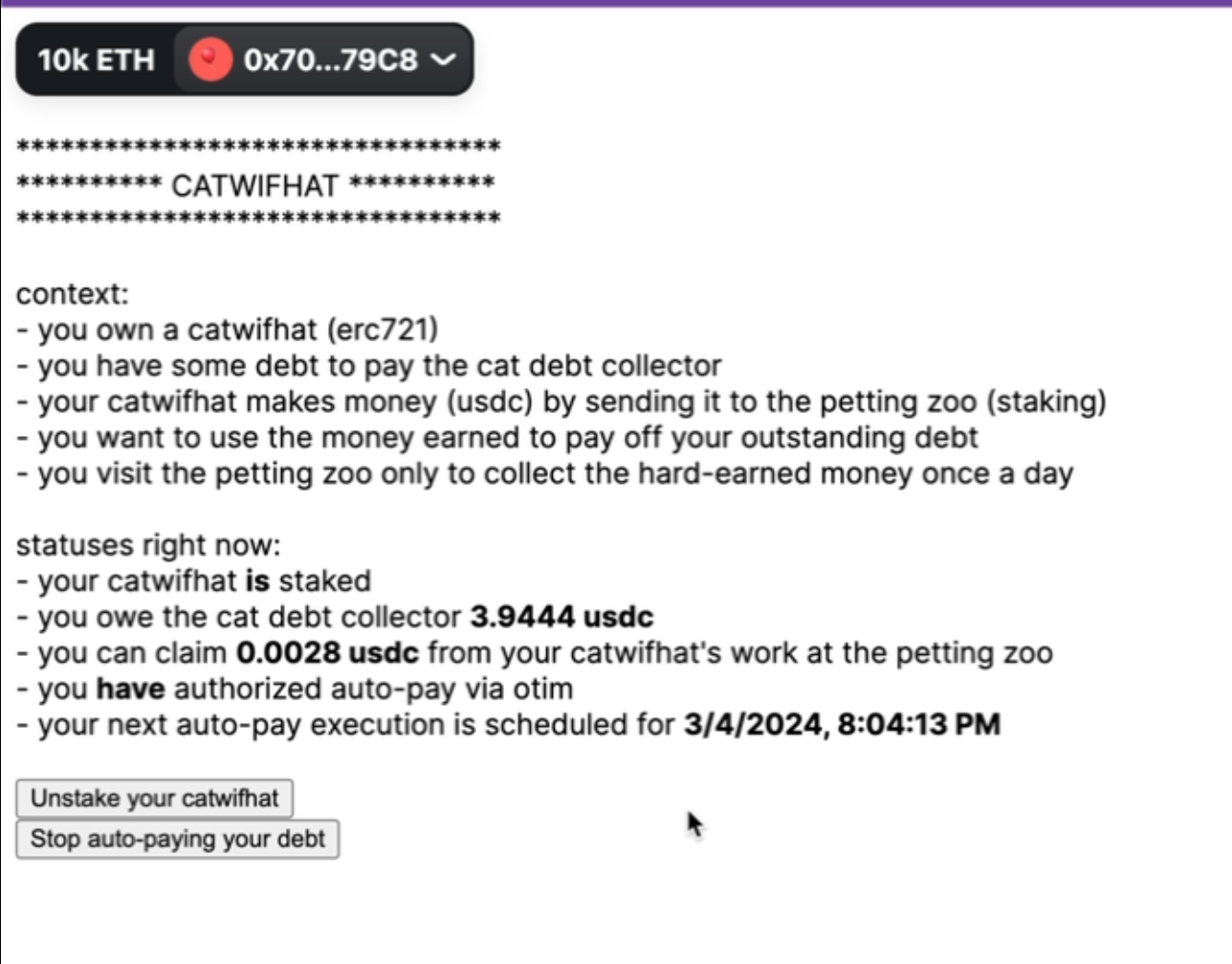
Behind the scenes, we were sketching out the broader vision on iPads and whiteboards—mapping out how recurring subscriptions would work, what would happen if ETH values fluctuated, how escrow payment services could function. Every diagram was a piece of the future we were fighting to build.
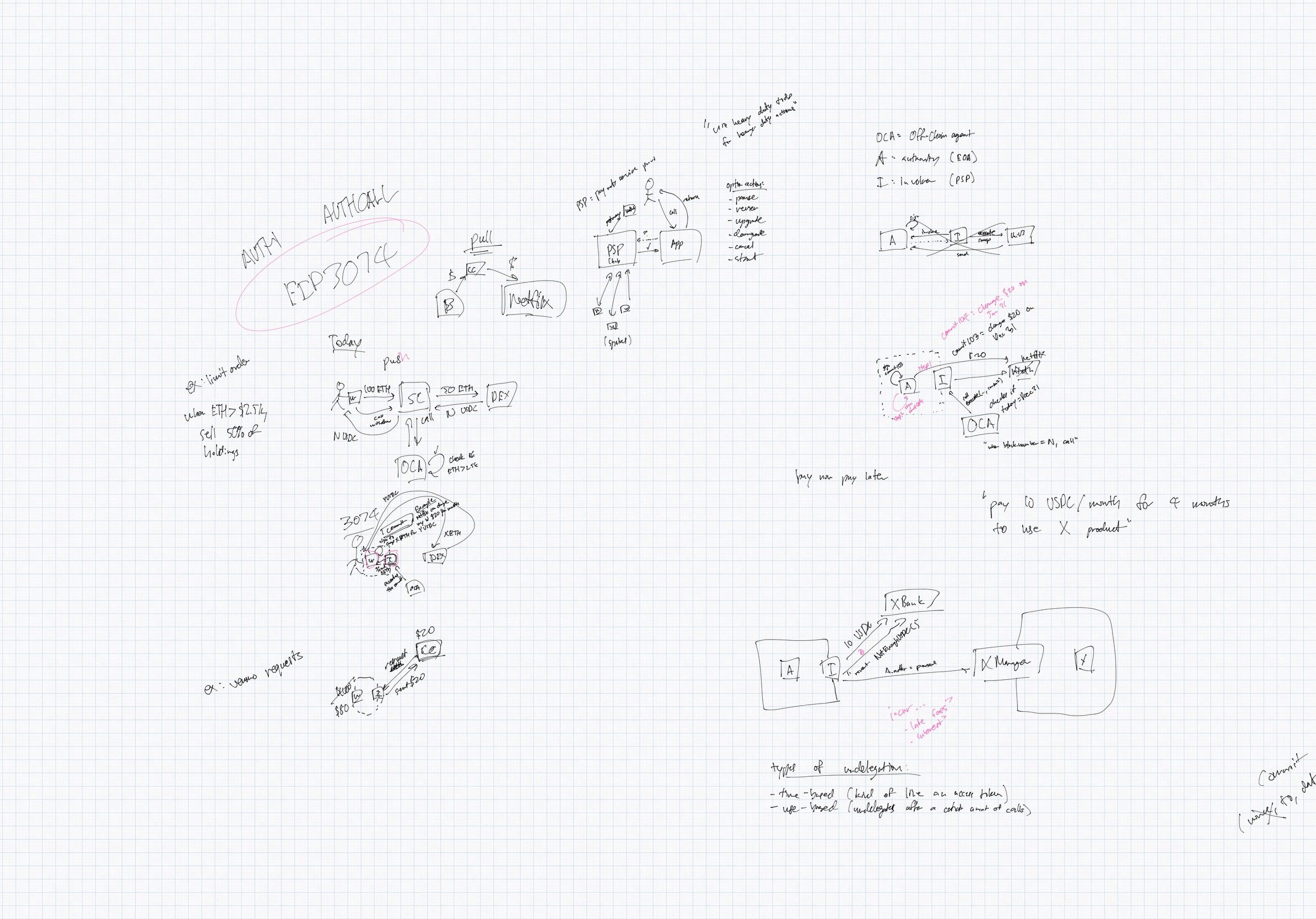
We joined every All Core Devs call we could access, contributed to technical discussions on GitHub, wrote detailed documentation, and deployed test networks. We published articles advocating for the upgrade, participated in developer networks that had EIP-3074 enabled, and built relationships with other builders who shared our vision.
The breakthrough came when the community began to see what we saw—that this wasn't just another incremental improvement, but a fundamental unlock for onchain accounts. EIP-3074 evolved into EIP-7702, incorporating lessons learned and addressing edge cases that emerged through rigorous review.
And then, on April 11th, 2024, it happened. The celebration in our group chat said it all: "BREAKING: EIP-3074 Cleared for inclusion!!!" After months of advocacy, technical contributions, and proof-of-concept building, the upgrade was officially approved.
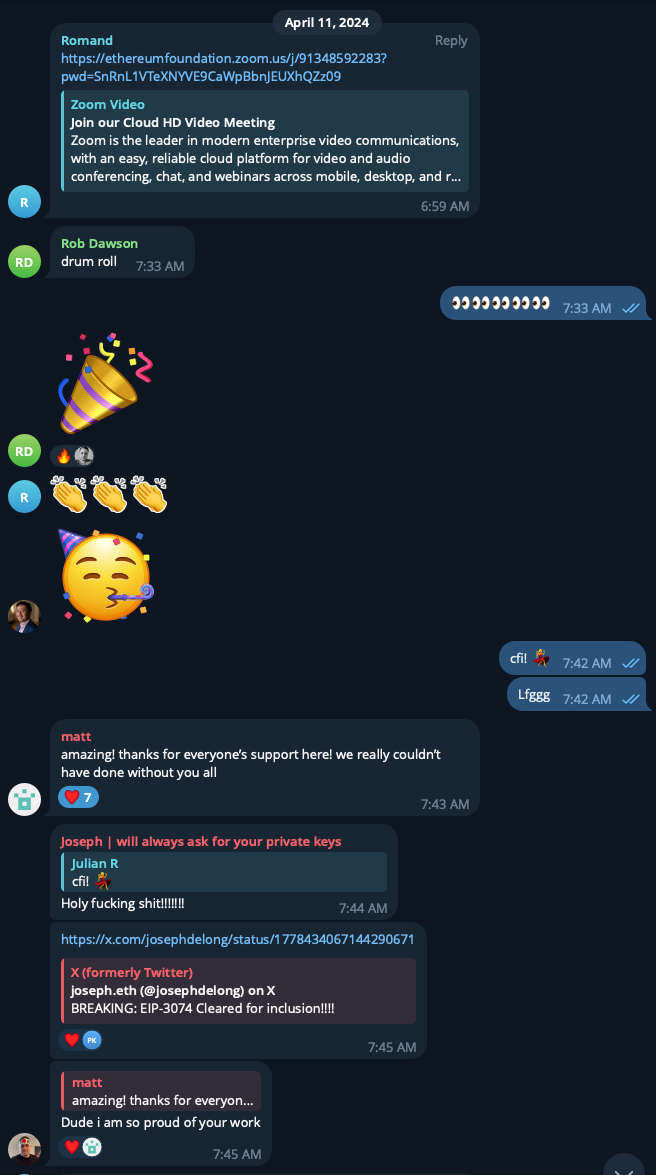
The stakes felt existential—not just for us, but for the entire trajectory of onchain finance. Without account-level programmability, crypto would remain forever relegated to the clunky, manual experience I had in that Malaysian antique shop. With it, we could finally build the seamless financial infrastructure that billions of people actually needed.